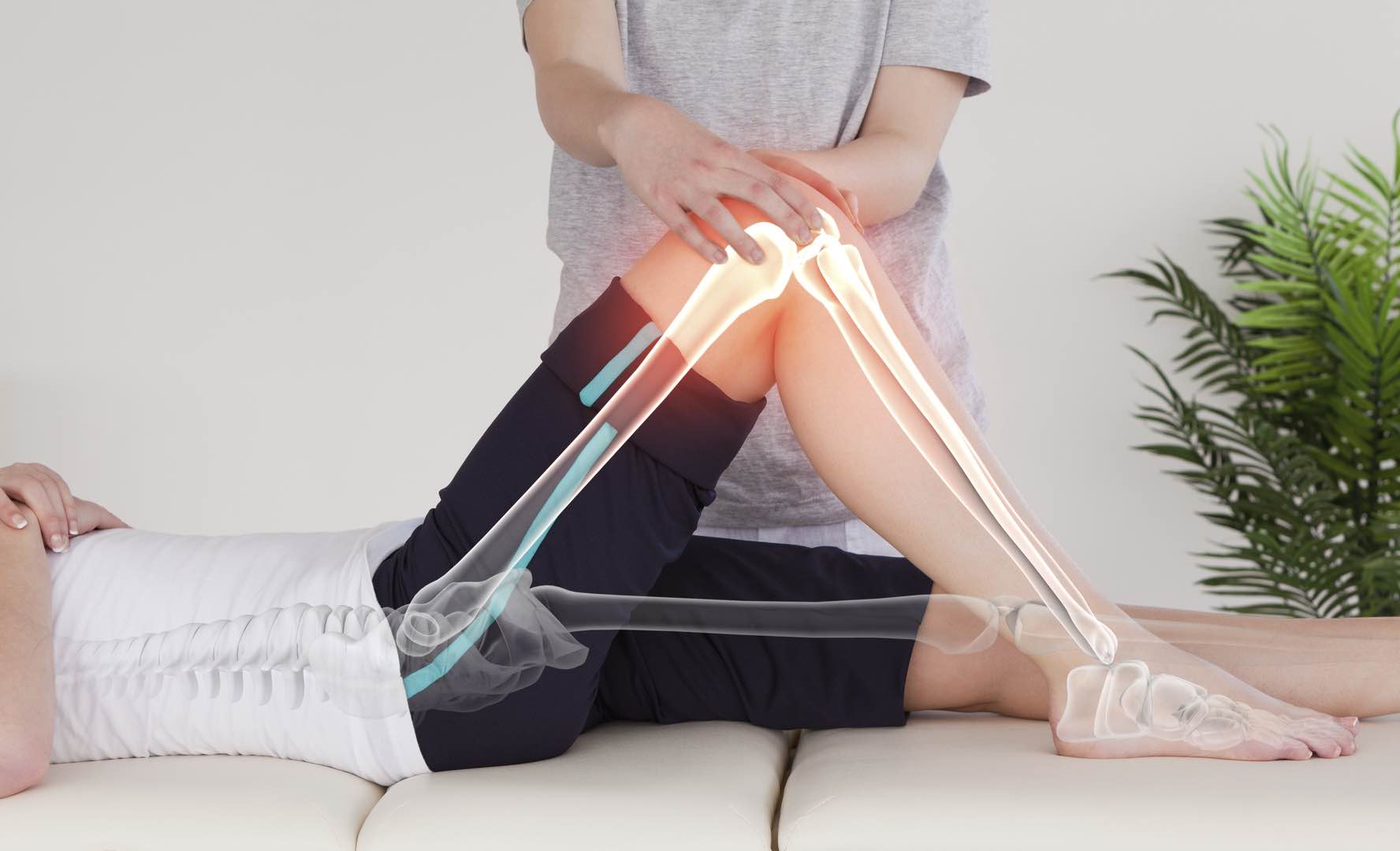
This article is aimed at answering a question that I get asked almost every day in practice ‘Which is better Osteopathy or Physiotherapy?‘. Having myself completed both physiotherapy and osteopathy training, I do not favour one profession over the other. Physiotherapy and osteopathy complete each other and patients should benefit from both therapies along their pathway.
About Manual Therapies: Such As Physiotherapy, Massage and Osteopathy
Manual therapies have been around for thousands of years. The oldest form appears to be massage, as records dating back almost 5,000 years demonstrate that massage techniques were used in Egypt and China. Since then, techniques have evolved towards a more complete and holistic approach. Both osteopathy and physiotherapy were invented in the 19th century.
Physiotherapy: Per Henrik Ling “Father of Swedish Gymnastics”
Physiotherapy techniques first appeared in 1813 when Per Henrik Ling, the “Father of Swedish Gymnastics”, founded the Royal Central Institute of Gymnastics for massage, manipulation and exercise. Physiotherapist is “sjukgymnast” in Swedish which means “sick-gymnast”. The therapy made its way to the UK and in 1894 four nurses created the Chartered Society of Physiotherapy.
Osteopathy From The 19th Century
Osteopathy was invented at the end of the 19th century by Andrew Taylor Still. Son of a surgeon and a medical doctor himself, he lost his children to meningitis. He deemed that both his own knowledge and traditional medicine -antibiotics did not exist then- were ineffective to save them. Taylor Still believed that to achieve optimal health, the physician should aim at boosting the self healing mechanism of the body using osteopathic manipulations.
Two Therapy Specialities
Within each of these two disciplines, there are subcategories or specialities. In physiotherapy (1), practitioners may specialise in musculoskeletal dysfunctions (1a), neurology related disorders (1b) and paediatric respiratory conditions (1c).
In osteopathy there are three main specialties: structural osteopathy (2a) (which includes sports osteopathy), cranial osteopathy (2b) and visceral osteopathy (2c).
Out of the six subcategories mentioned above, only two can really be compared to each other as they both target the musculoskeletal system of the human body: (1a) and (2a). These are the ones that will be discussed below.
Musculoskeletal physiotherapy encompasses the treatment and rehabilitation of injuries sustained through any kind of fall, accident, sport and more generally life and age-related complaints. A physiotherapist will be able to use techniques such as: massage, stretching, joint and spinal mobilisations and rehabilitation exercises. The focus of a physiotherapy treatment will tend to be on improving joint and muscle flexibility and strengthening weak muscles. Importance will also be given to functional movement and proprioception. In my opinion, this therapy is ideal for effectively treating an ankle sprain, a swollen knee following surgery, a tendinopathy of any peripheral joint or even chronic neck and back pain. Any muscle weakness and imbalance will be identified by the physiotherapist and a specific rehabilitation programme will be demonstrated and given to the patient. This programme will be conducted at home, and also in the clinic under the supervision of the practitioner. It will be modified and customised to the patient’s ever-changing needs as they get better and stronger.
Structural Osteopathy
Structural osteopathy aims at being holistic in its treatment approach. Common complaints include: lower back pain, neck pain, headaches, dizziness, migraines, feeling “twisted” or “uneven” when running for example, foot and ankle pain as well as “tennis elbow” and shoulder pain.
The Philosophy Of Osteopathy Explained
The philosophy of osteopathy is about finding the cause of discomfort and treating not just the area that is painful, but root causes too. A physiotherapist might treat a sprained ankle by working on the muscles around the ankle and strengthening them as well as improving proprioception with stability exercises; an osteopath will start by looking at the mobility of the bones, of the foot, ankle, knee and hip to understand why the body was not able to stabilise itself fast enough to prevent the sprained ankle. They might ask themselves: “Where is the blockage or joint restriction that disturbed the signal from the brain telling the muscles to contract to avoid the injury?” In terms of treatment, a structural osteopath will mainly use techniques such as massage, stretching, myofascial release, joint mobilisations, peripheral joint and spinal manipulations.
Similar Techniques Utilised – Physiotherapists and Osteopaths
You will have noticed that the techniques used by both practitioners are similar. So what differs between the two therapies? I believe that if you consider an experienced physiotherapist (1a) and an experienced osteopath (2a) who both enjoy their work, their treatment skills will not differ greatly. They should both be able to treat any musculoskeletal injury effectively and offer a good specialised rehabilitation programme to the patient. Their work, however, is complementary and sits at different points of the patient pathway: physiotherapists are better trained at doing rehabilitation and osteopaths at using hands on techniques to treat acute and chronic pains. In addition, more than the techniques applied, what differs the most between osteopathy and physiotherapy is the philosophy that drives each practitioner.
Pierre Meslet BSc MOst DO
Registered Osteopath
If you would like to arrange an appointment with Pierre please call the clinic on 0208 704 5998 or visit our book an appointment page



